There is a very good reason and it is for improving a very important aspect for any non-trivial codebase (especially when large teams of developers are involved), namely what we call "overviewability".
"Overviewability" is the ability of the codebase's organzation (folder structure, file naming, meta-objects etc) to provide a quick and informative overview of the implemented software.
The "overviewability's" significance increases exponentially with the size of the codebase and that of the developers team working on the project* for the following reasons (non-exhaustive list):
When a codebase is large, the probability of certain parts of the code to be left untouched for a specific time period increases (as increases the duration of this "cold" period).
When new members join the team, you want them to be brought up to speed as soon as possible (and not get them frustrated in the process). "Overviewability" helps provide a good high-level abstraction of the whole project and usually also gives a good sense of how things work (more often than not it creates a feeling of familiarity; it's as if you've seen the codebase before - although you haven't).
"So, OK, "overviewability" is important. That's why we have this nice, component-centric structure etc. But why prefixing each file with the component's name ?"
Well, it might sound funny, but prefixing all component-related filenames ensures a specific order. E.g. the HTML partial or the CSS will always appear before the controllers etc:
...
userlogin.html
userlogin-controller.js
...
Where it not for the prefix, you would end up with various orders depending on the name of the component. E.g.:
... ... ...
controller.js controller.js bookself.html
... ... ...
service.js VS service.js VS controller.js
... ... ...
userlogin.html zombi.html service.js
... ... ...
Using a prefix ensures the files appear in specific order: controller comes always after the HTML partial, service also etc. E.g.:
... ... ...
userlogin.html zombi.html bookself.html
... ... ...
userlogin-controller.js VS zombi-controller.js VS bookself-controller.js
... ... ...
userlogin-service.js zombi-service.js bookself-service.js
... ... ...
This might seem trivial, but it's not; especially as one gets used to it.
Note that the human mind is very good at recognizing visual patterns (like the ones created by a tree-node representation of the folder- and file-structure in a file-explorer).
I.e. the controllers do not reside in a file named "<component>-controllers.js".
It resides in the first file whose name is significantly longer than the previous files.
The service (if any) resides in the file with the smaller name at the end, etc.
Mess that up (i.e. mess the order up because of the starting letter or mess their relative lengths up because of long/short component names) and you have yourself a situation similar to having to read something from the hard-drive, instead of just reading it from the RAM. (No developer wants to go there :))
*: Actually, it's what we call the "dev team flux" that is important here, i.e. how often a team member will leave (e.g. to work on something else, leaving the company etc) or a new member will be introduced.
Usually, the larger the team, the greater the flux.


